"TLF #2" Negative Emulsion, Background Reading Pt.1
December 19, 2011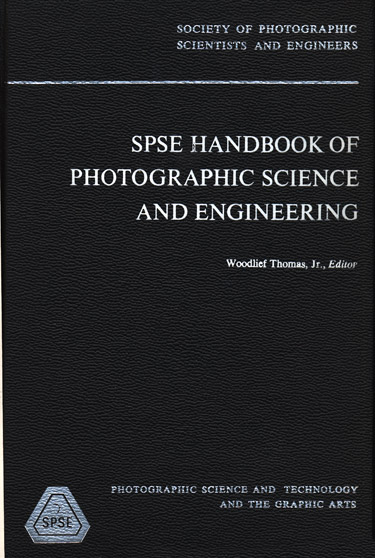
Time to stick a fork in this one. I've got "TLF#2" where I want it (or at least as far as a colorblind can go (or at least as far as I know how to take it)). It has a very reasonable working speed in the summer, and acceptable in the winter. It's got a nice look to it — clean, with a good characteristic curve. Good grain. If I didn't just plain enjoy developing emulsions, I'd stay with "TLF#2" for a long, long time.
There's still a lot to find out. It used to be common wisdom that you stuck with a particular film for as long as it took to 'understand' it. This could take years, even with technical data sheets and a lot of other photographers sharing results. I still haven't hammered out a reliable exposure chart based on time of year, latitude, and altitude, or finished exploring various developers. But, those are details — the same kinds of details that would need to be hammered out if this were a commercial film. Plenty of time for that.
"TLF#2" is very closely patterned after "Full-Ammonia Bromide Emulsion Formula (PAGI 3.4)" on page 518 of the SPSE Handbook of Photographic Science and Engineering, 1973, edited by Woodlief Thomas, Jr., of Eastman Kodak Company, and published by John Wiley & Sons. The information in the pages of text surrounding this recipe is very well written and invaluable background science to understanding the basic principles of emulsion making.
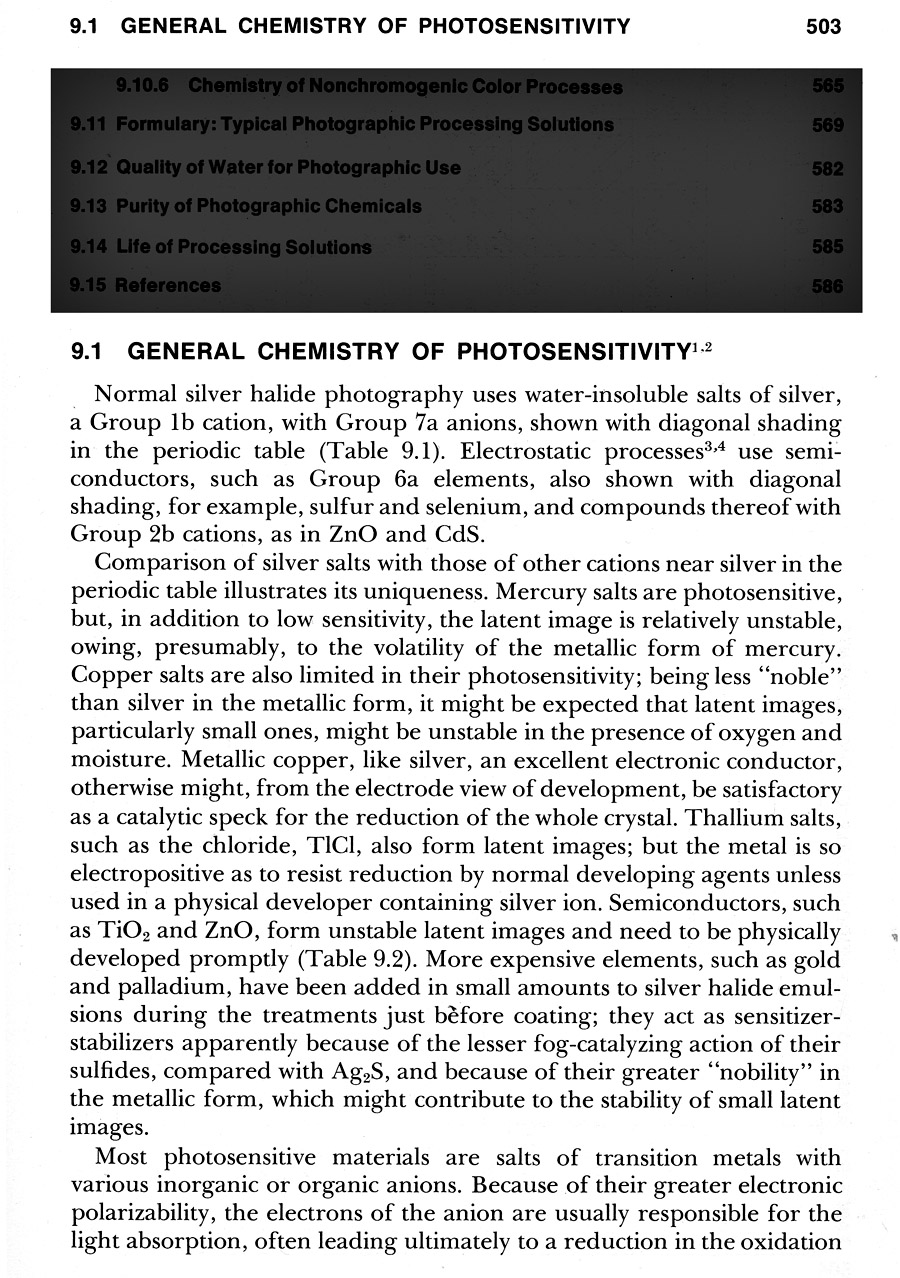
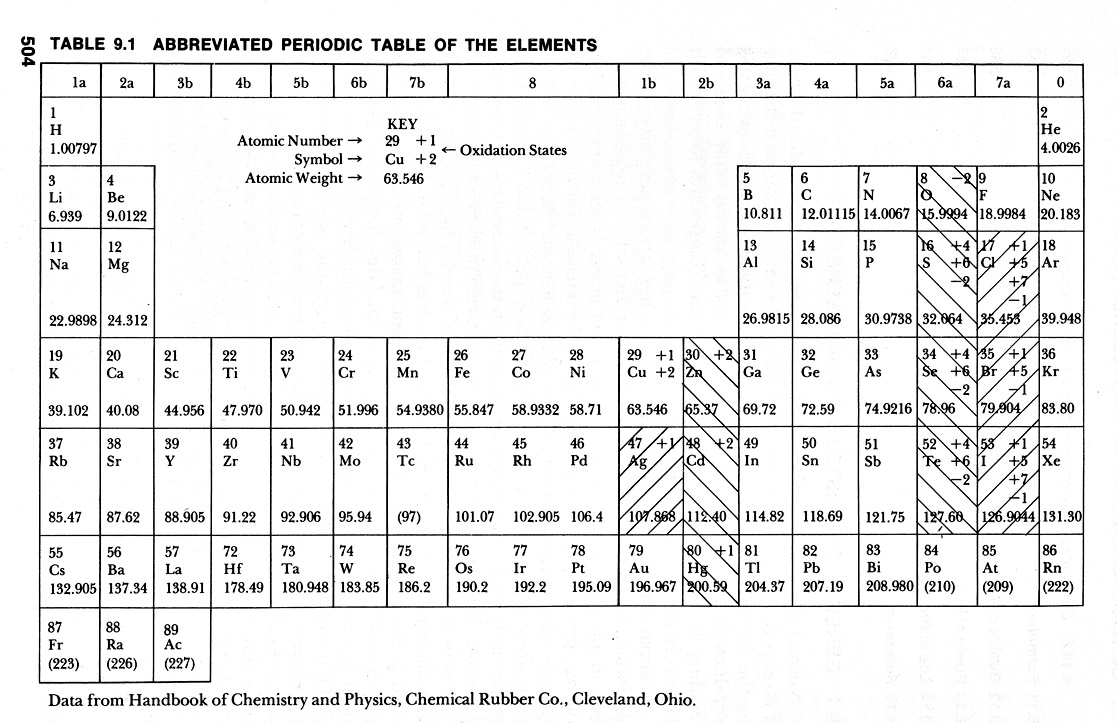
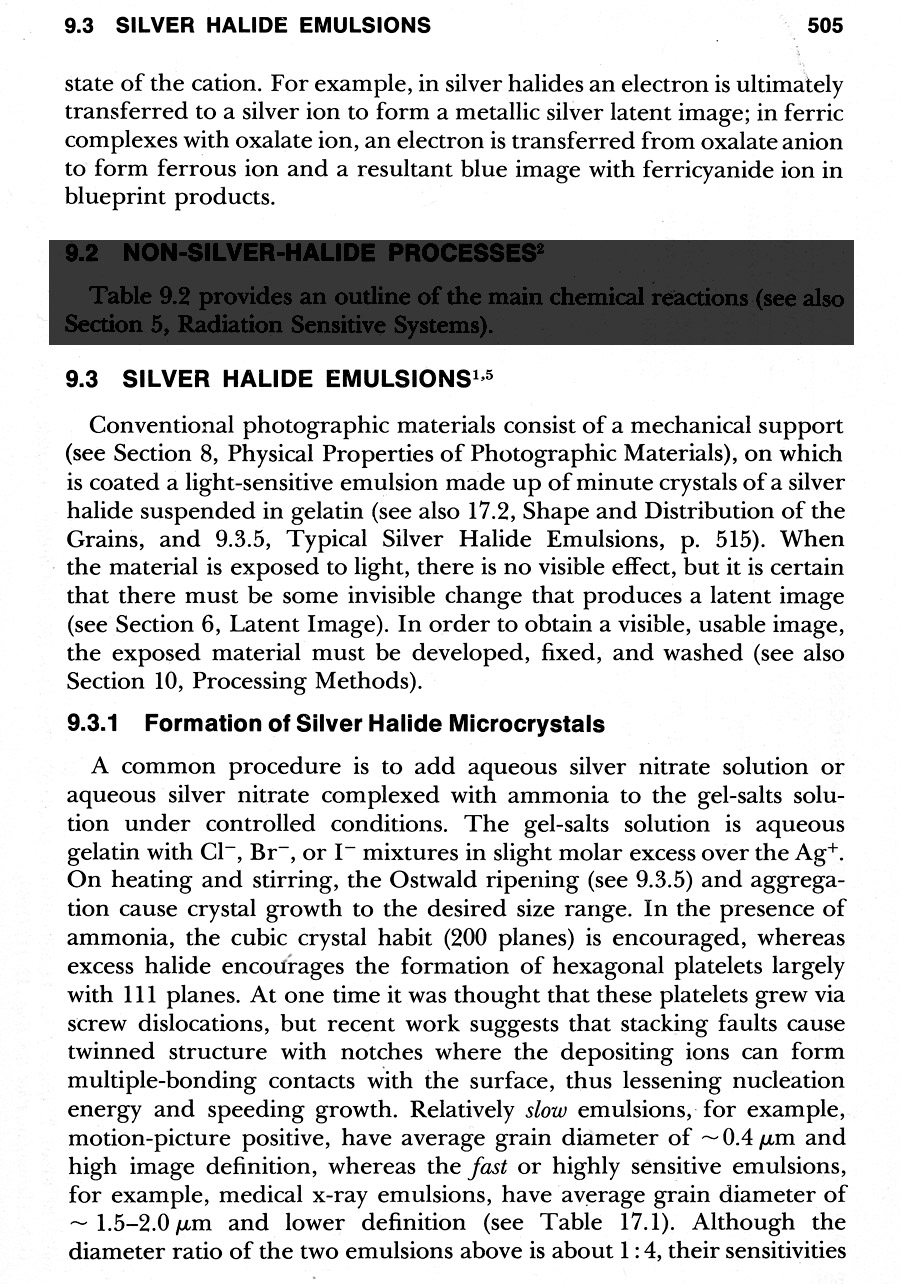
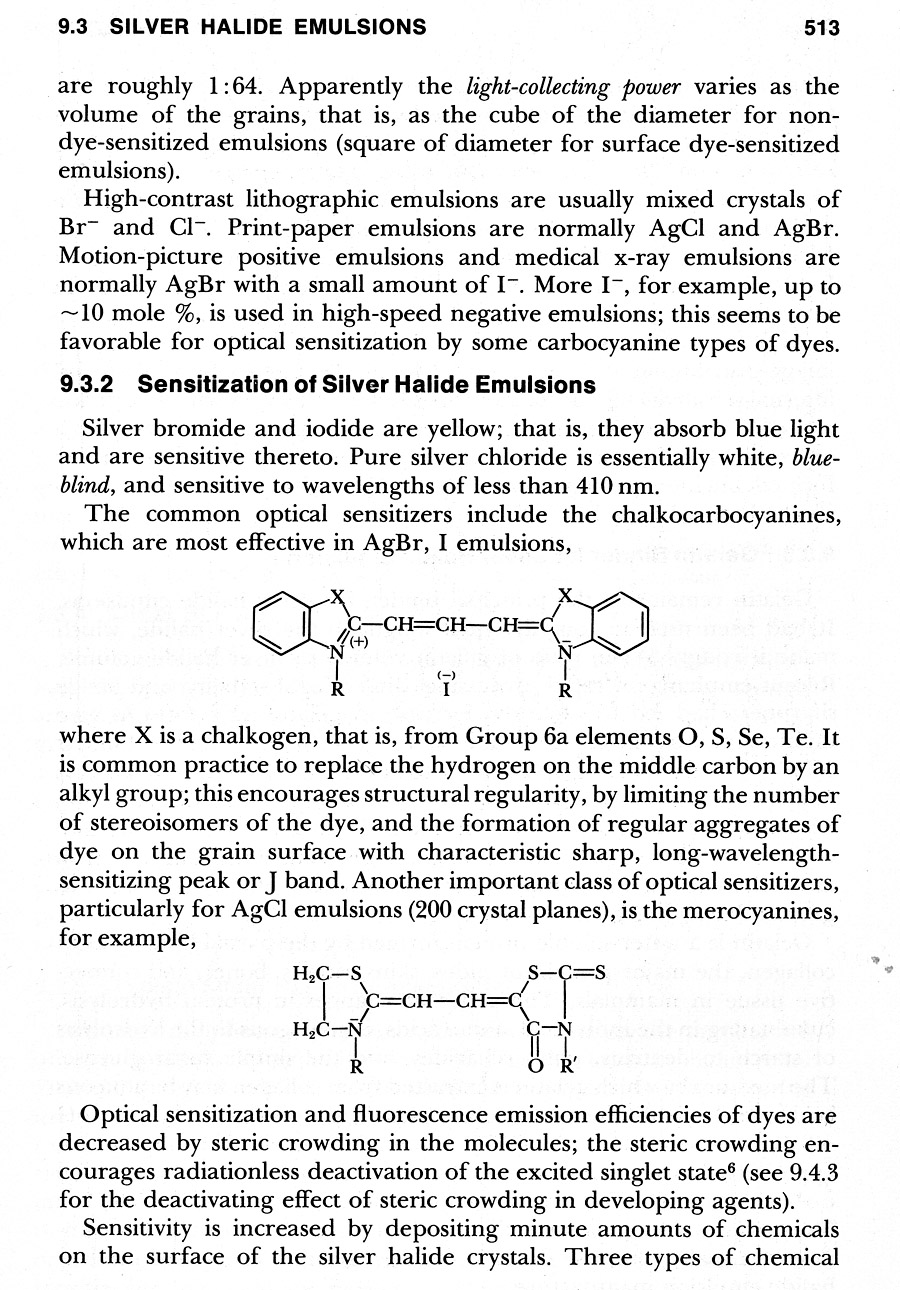
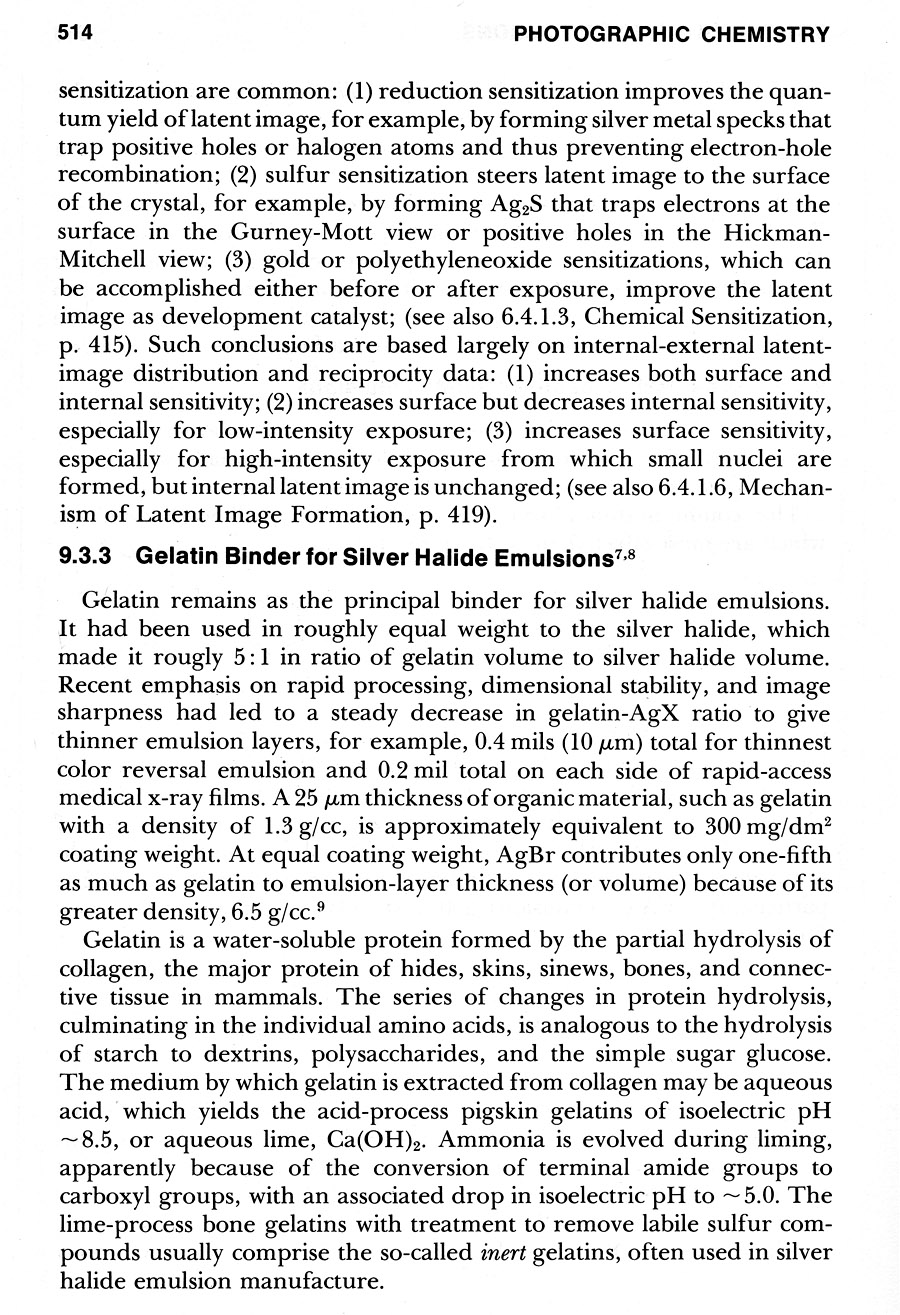
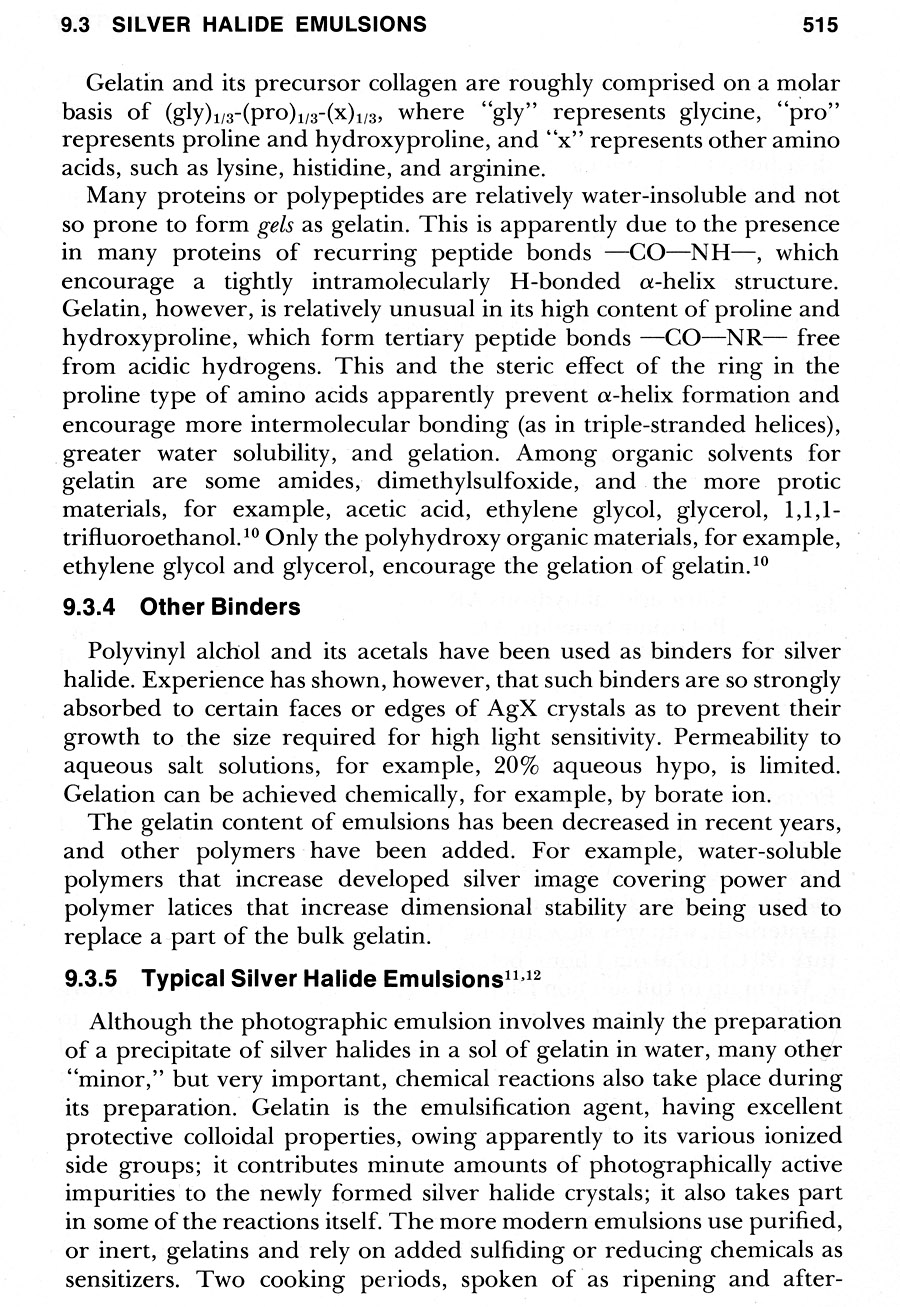
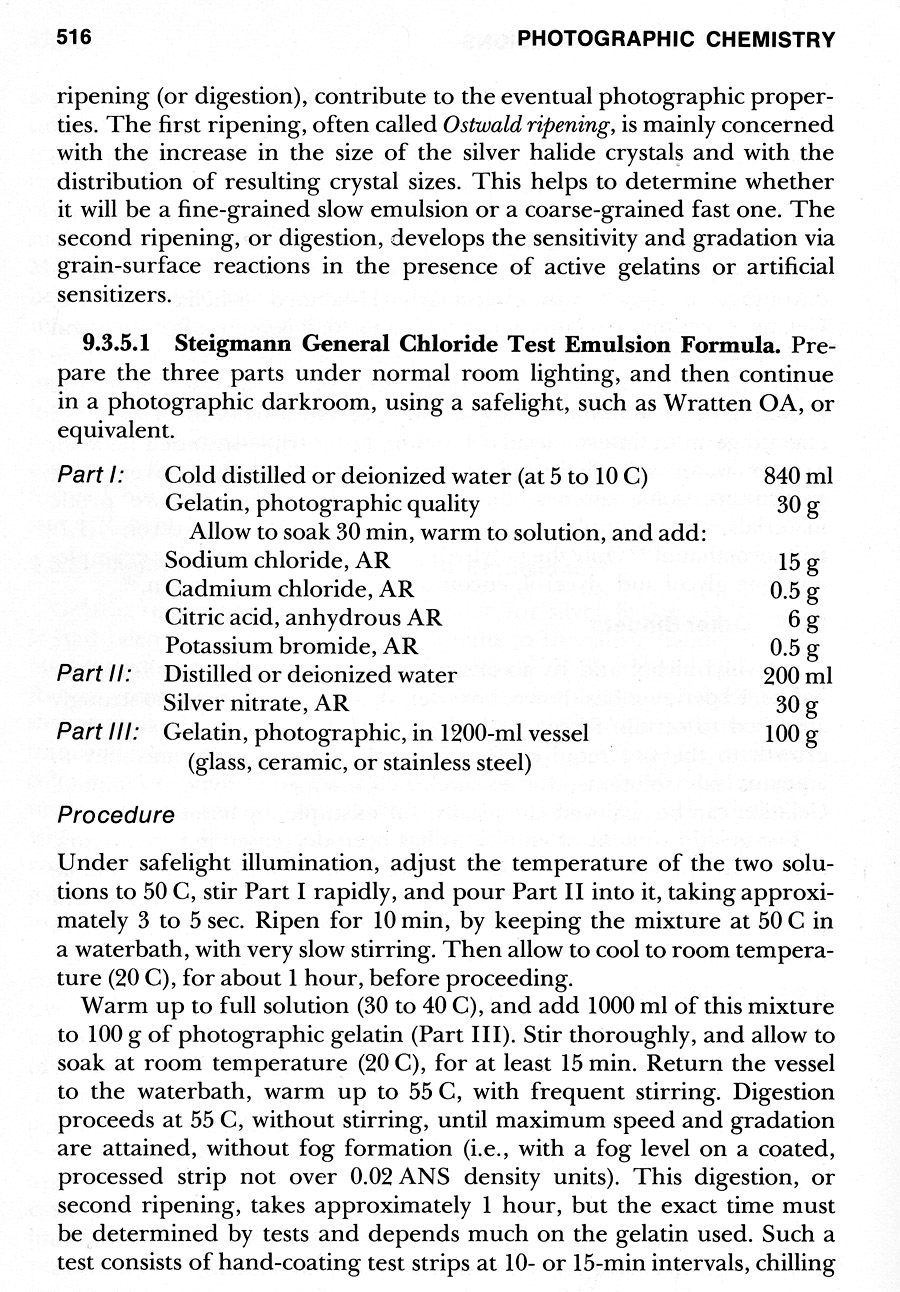
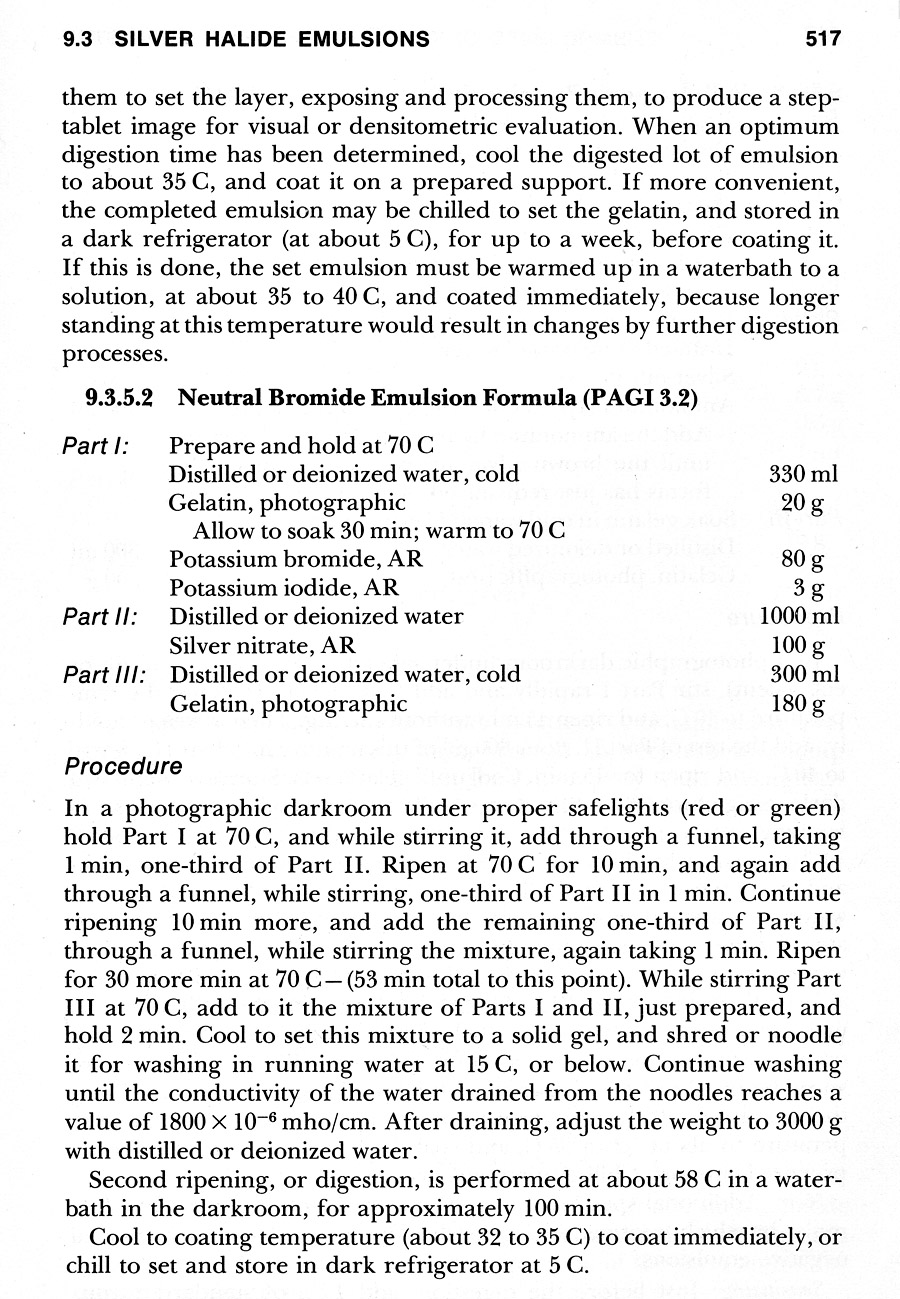
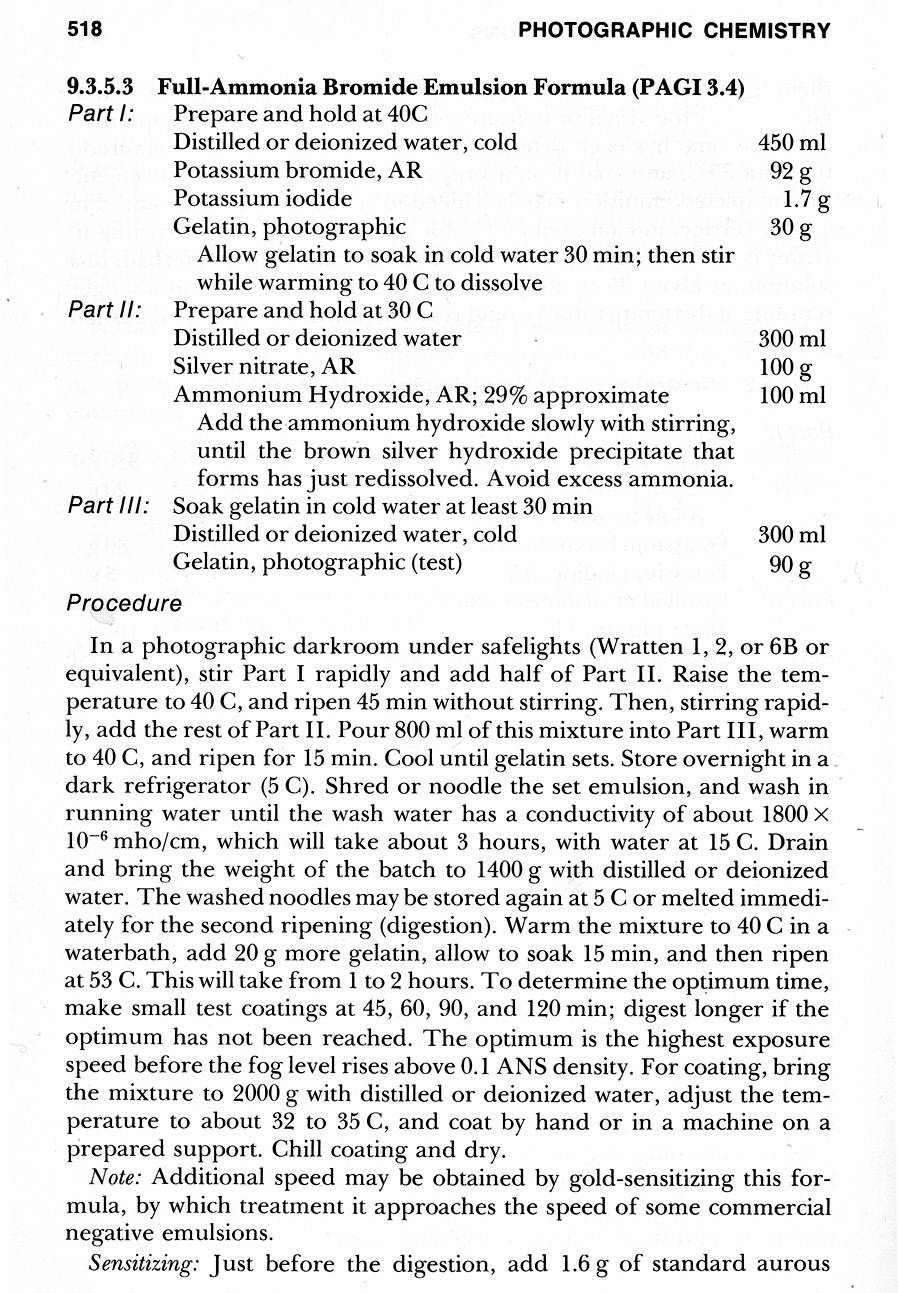
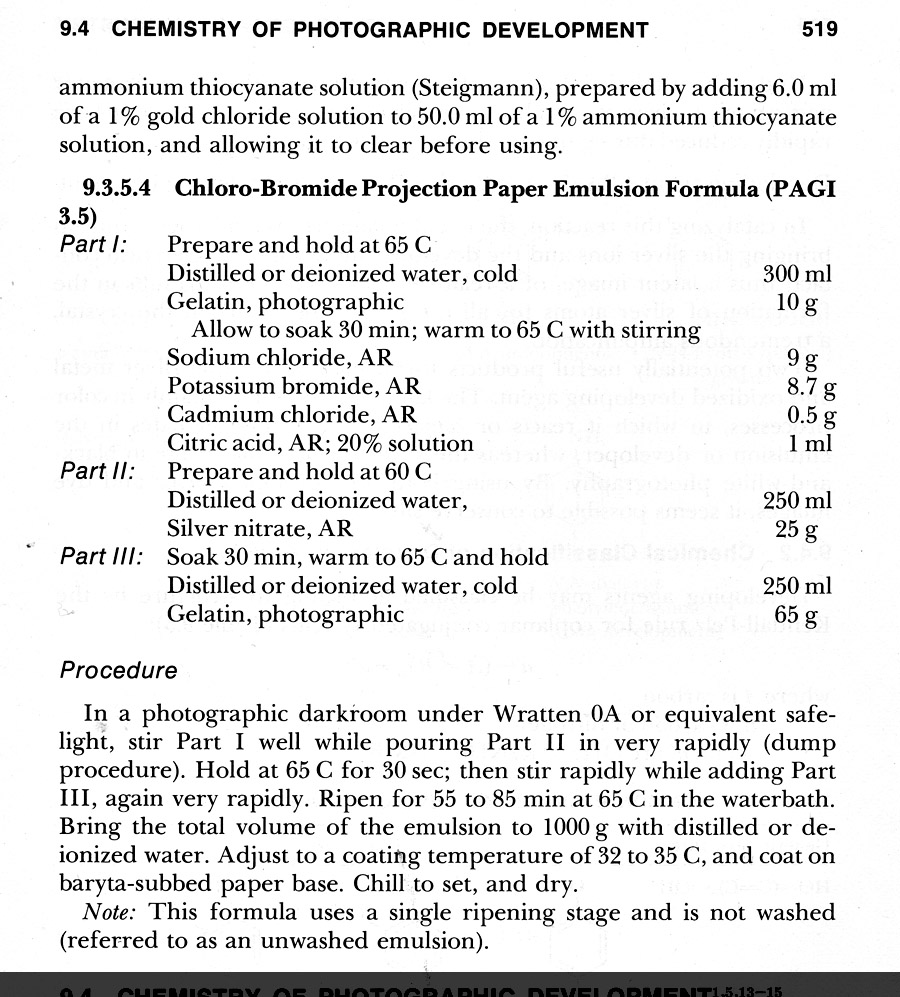
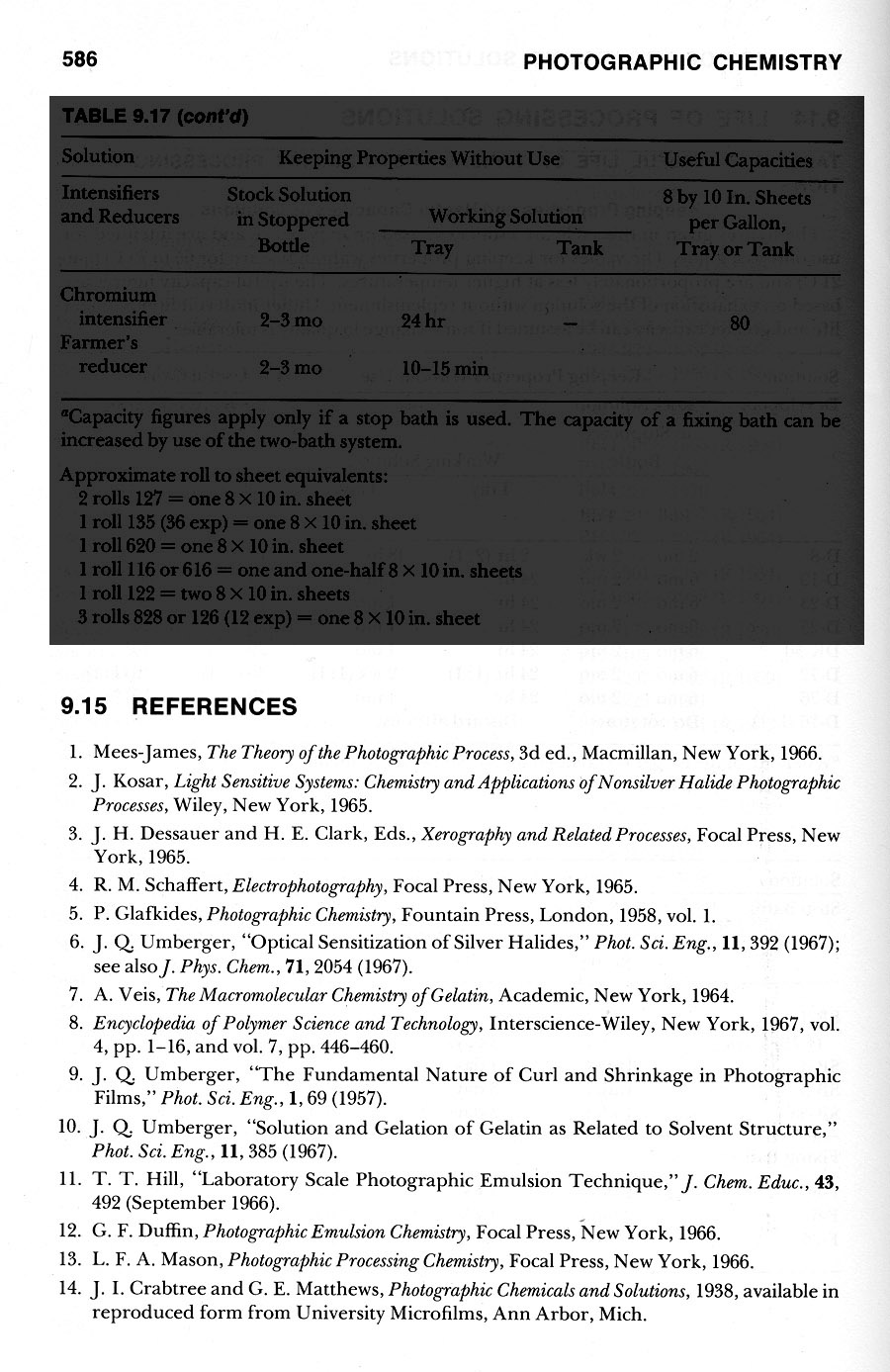
To be continued: A look at the reference #11 and the final revised version of "TLF#2".